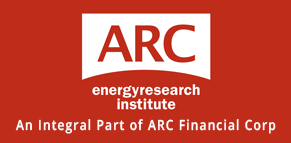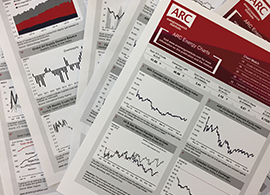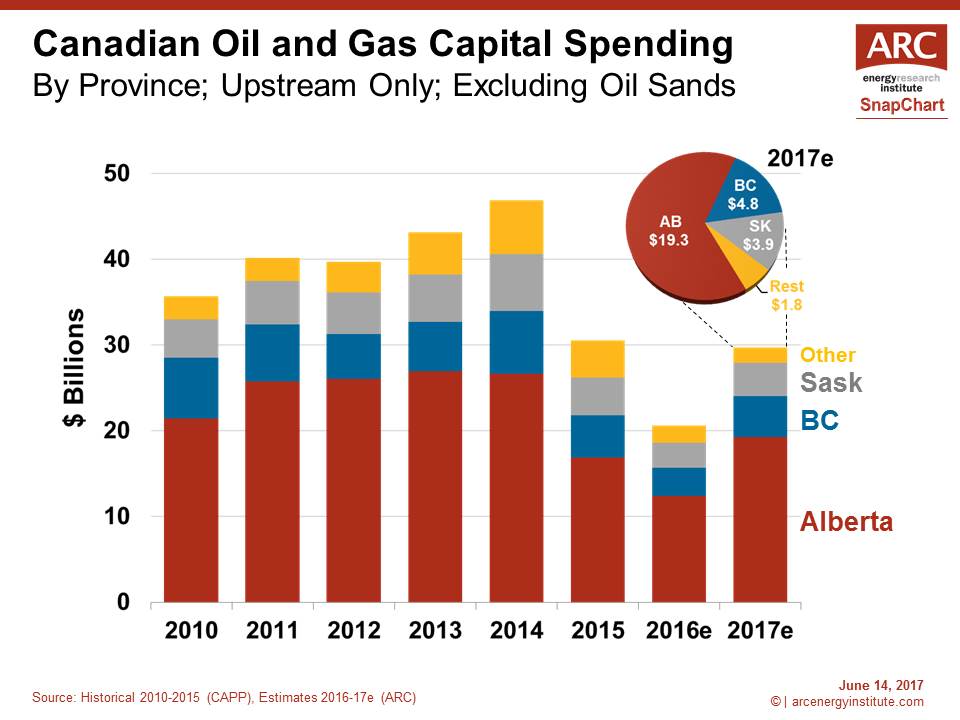SnapChart – Canadian Pentane & Condensate Production Forecasts
 The highly anticipated annual CAPP Crude Oil Outlook was published last week, with two notable changes compared to the previous edition: (1) the Eastern Canadian production outlook was boosted 100 MB/d because of the West White Rose Extension, and (2) for the second consecutive year, CAPP increased their outlook for pentane and condensates growth.
The highly anticipated annual CAPP Crude Oil Outlook was published last week, with two notable changes compared to the previous edition: (1) the Eastern Canadian production outlook was boosted 100 MB/d because of the West White Rose Extension, and (2) for the second consecutive year, CAPP increased their outlook for pentane and condensates growth.
The prolific wet gas wells being developed on the northwest side of Alberta and over the border into northeast British Columbia are the cause of the upsized outlook for light liquids. Over the past few years, as a result of innovations in drilling and completion techniques, some Canadian gas wells are yielding oil at rates comparable to wells in Texas’ hyped-up Permian and Eagle Ford plays.
Considering both the higher activity levels in the area and the potential for more technology upside, CAPP is likely to continue to make upward revisions to the outlook for Canadian light liquids.



